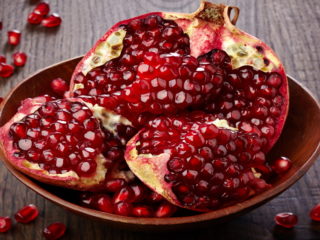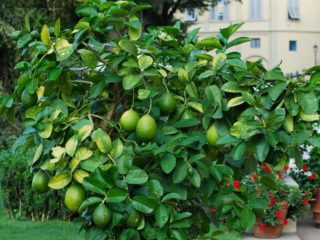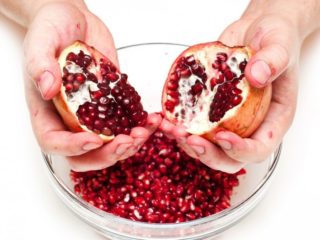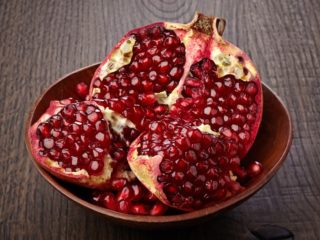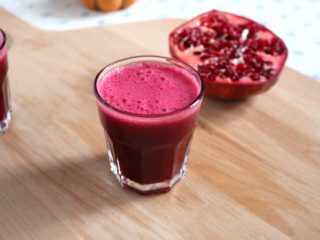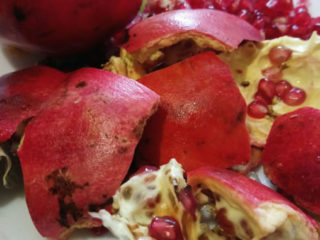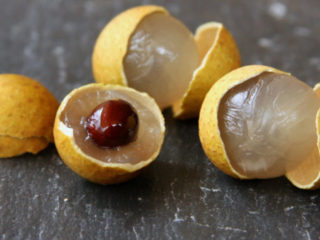Content
The difference between persimmon and king is visible to the naked eye: the latter are smaller, elongated in shape, darker in color, closer to light brown. They are sweet to taste, without an astringent effect. Although in some cases even they knit, but are not so pleasant (then they resemble female ovaries). Therefore, when choosing, you need to pay attention to the appearance.
General information
Persimmon and kinglet do not appear on different varieties of crops. Both species ripen on the same trees, but some are formed from female flowers, and others from male ones. The wren can form in two ways:
- As a result of pollination, you will get a brown fruit with a very pleasant sweet taste (not astringent) and a strong skin.
- Without pollination - a fruit of bright carrot color, with less sweetness (sometimes with a tart effect), with rather viscous pulp.
Farmers try to attract pollinating insects to produce as many brown fruits as possible. To do this, they often water the trees with a sugar solution. This attracts bees. But if an orange fruit has already appeared, its taste will not be so bright. Moreover, it will remain a little tart and astringent, even if left to ripen. This feature is inherent in all varieties - early, middle, late.
Thus, female ovaries always appear as a result of pollination of a flower.In appearance they are similar to male ones, which were formed from an unpollinated inflorescence. If the fruit is brown, soft, sweet, it is also a kinglet, but already pollinated.
They both grow on the same tree. However, ovaries always appear from different flowers.
The difference between persimmon and king
These two varieties can be distinguished not only by their organoleptic properties, but also by their appearance.
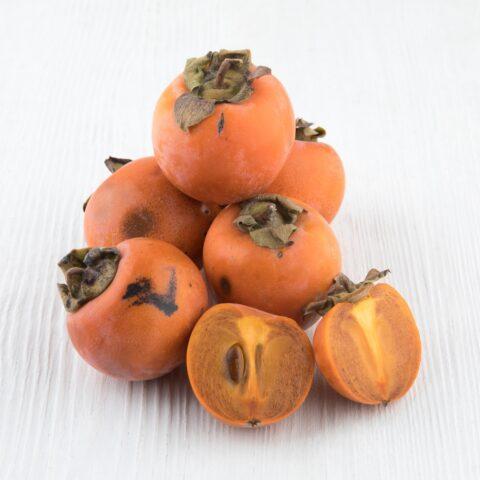
To sort male fruits from female ones, you need to look at them carefully.
By appearance
A comparison of external features is presented in the table. This description applies only to mature specimens.
Criteria | Persimmon | Korolek |
Color | Bright orange, without many brown veins | Chocolate or bright red, but with brownish inclusions* |
Size | Usually more | Medium or small |
Consistency | Moderately to very soft | |
External form | With a pointed tip at the bottom | Round |
*male specimens may be brightly carrot-colored and can easily be confused with persimmons. Moreover, they are often elongated, with a pointed tip.
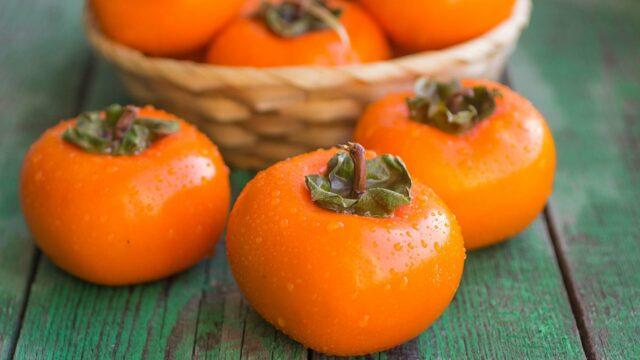
Classic persimmon has a bright orange color, large sizes, more rounded shapes
According to taste characteristics
Male fruits are very sweet and not astringent at all. The female ones (if they are not ripe) are noticeably tart, and are somewhat inferior in sweetness to their counterparts of the opposite sex. But if the male ovaries are also bright orange, then their taste is very similar to the female ones.
By pulp
A comparison of pulp is presented in the table.
Comparison criterion | Persimmon | Korolek |
Color | Light yellow | Brownish, darker |
Bones | No | Present |
Male specimens are more pleasant to the stomach, they lack astringency.Therefore, when choosing fruits, many pay attention to the color of the pulp and the presence of seeds in it. This allows differentiation between male and female fruits.
What is better to choose
The chemical composition of both fruits and their health benefits are almost identical. But if we talk about taste, it is better to choose a brown specimen - it is not astringent at all and is very sweet, and the consistency is pleasant. Although if the female ovaries are fully ripe, they are also sweet and do not knit. When unripe fruits are purchased, they can be sent for ripening. To do this you need:
- put the fruit in the freezer or warm water overnight;
- place in a bag with tomatoes or apples for several days;
- load into a cardboard box with bananas;
- leave to sit for several days at room temperature.
Conclusion
The difference between persimmon and king is in appearance and taste. It is also easy to identify by size, shape, pulp and presence of seeds. When purchasing, it is best to choose nondescript brown rather than orange specimens. They will be sweet and tasty, without being overly astringent.
